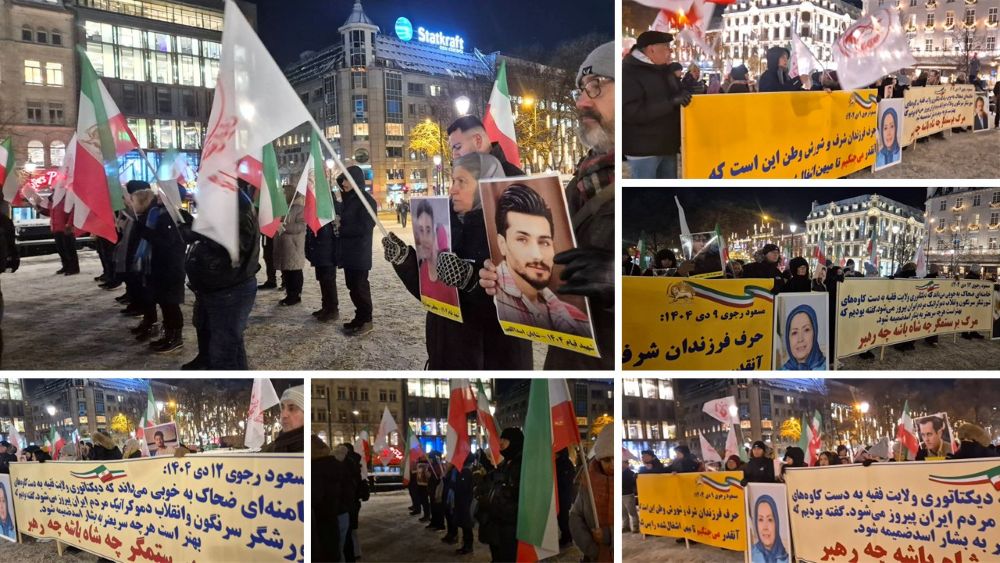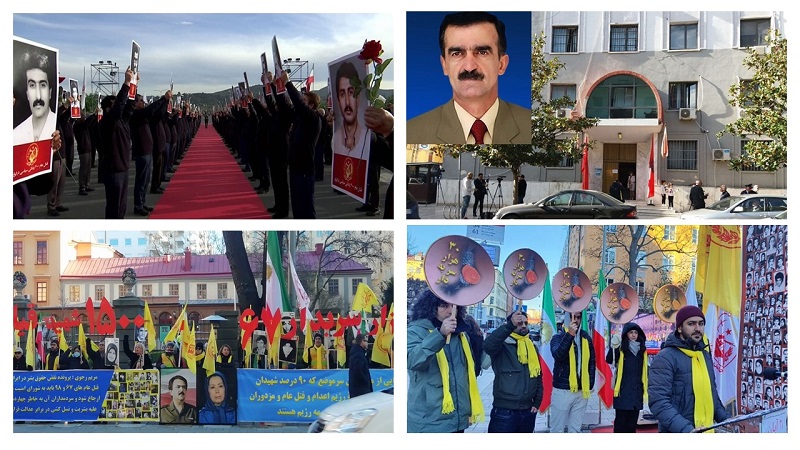
Coinciding With the 37th Court Hearing in Albania, Freedom-Loving Iranians, Supporters of the MEK in Sweden, Gathered in Front of Stockholm Court
Friday, November 12, 2021 — The third session of the trial of the executioner Hamid Noury, began in the city of Durrës, Albania, with the presence of the plaintiffs and witnesses, members of the People’s Mojahedin Organization of Iran (PMOI/MEK), residents of Ashraf 3.
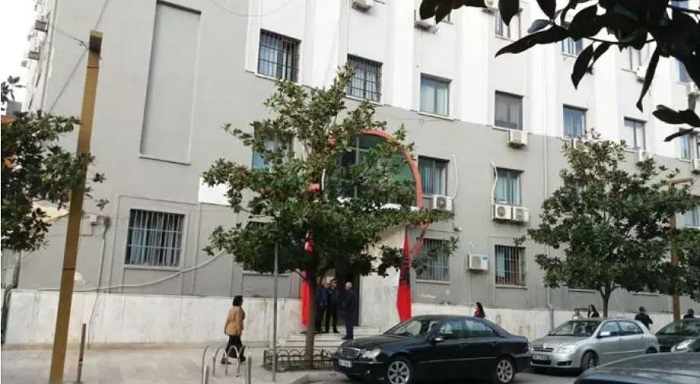
Today’s court hearing is dedicated to the testimony of former political prisoner, MEK member Asghar Mehdizadeh as the plaintiff in the case of Hamid Noury.
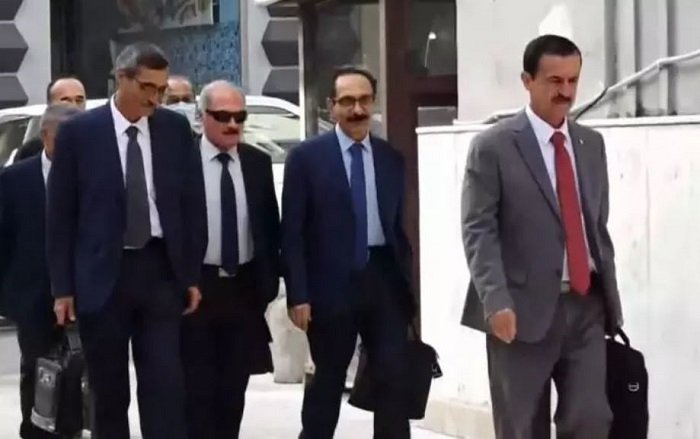
The trial of Hamid Noury, one of the executioners of the 1988 massacre, take place on Wednesday, Thursday and Friday, November 10-12, and next week, Monday through Thursday, November 15-18, 2021, in Durrës Court, Albania.
This was the 37th trial session of the henchman Hamid Noury one of the executioners of 30,000 political prisoners in the 1988 massacre in Iran’s regime prisons across the country.
In his testimony, Asghar Mehdizadeh, a former political prisoner who spent 14 years in Iran’s prisons, described on the atrocities that took place in the regime’s horrific prisons. During Iran’s 1988 massacre, Mehdizadeh was in Gohardasht prison.
Mehdizadeh was also a first-hand witness to how Noury, who was one of the senior prison guards in Gohardasht, tormented political prisoners.
On one winter day Noury forced a number of young inmates to crawl on the cold ground in the courtyard as a form of punishment.
Mehdizadeh recalls seeing five blindfolded prisoners being transferred by Davood Lashgari [Rahmani], a notorious torturer of political prisoners.
Those prisoners were never seen again, indicating to the other inmates that they had most likely been executed.
Mehdizadeh says throughout that day he saw 19 or 20 prisoners taken to the warehouse, and that night their corpses were transferred with a vehicle.
This sketch resembles the scene inside the warehouse, dubbed the “Hall of Death” by the survivors of Iran’s 1988 massacre.
Mahsheed Razaghi, a respected football (soccer) player & member of Iran’s national youth team, was executed during the 1988 massacre. Razaghi was a meli-kesh, the term political prisoners used to refer to inmates who had served their sentences but the regime kept them in prison.
The next morning all prisoners were ordered out of their cells & lined up.
“When they asked Mohsen Karim Nejad his crime, he said loudly, ‘MEK supporter!’ After that, Hamid Abbasi [Noury] and another guard pulled him out of the line. We never saw him again,” Mehdizadeh said.
“When we went out, Noury took us to the ‘Death Corridor,’” Mehdizadeh said.
The hallway known as the Death Corridor was where prisoners were kept until their turn to meet the Death Commission, a group tasked with deciding which prisoners’ fates: life or death.
The 1988 Massacre Death Commission included:
-current regime president Ebrahim Raisi
-former justice minister Mostafa Pourmohammadi
-Hossein-Ali Nayyeri, a religious judge
-Morteza Eshraghi, prosecutor of Tehran’s “Revolutionary Court”
The #1988Massacre Death Commission included:
— People's Mojahedin Organization of Iran (PMOI/MEK) (@Mojahedineng) November 12, 2021
-current regime president Ebrahim Raisi
-former justice minister Mostafa Pourmohammadi
-Hossein-Ali Nayyeri, a religious judge
-Morteza Eshraghi, prosecutor of Tehran's "Revolutionary Court"#Iran #ProsecuteRaisiNOW pic.twitter.com/xzBhywXsjQ
The Death Commission, under the direct orders of then supreme Leader Ruhollah Khomeini’s fatwa, summoned political prisoners one by one and decided their fate in trials that lasted mere minutes. Those loyal to the MEK were immediately executed.
“From August 4 to August 8, I was in the Death Corridor,” Mehdizadeh said. “And every day, I witnessed 15 groups of 10-15 prisoners being taken to the ‘Death Hall.’”
The Death Hall was a large warehouse where prisoners were gathered for the executions during the 1988 massacre.
“From August 4 to August 8, I was in the Death Corridor,” Mehdizadeh said. “And every day, I witnessed 15 groups of 10-15 prisoners being taken to the ‘Death Hall.’”
— People's Mojahedin Organization of Iran (PMOI/MEK) (@Mojahedineng) November 12, 2021
The Death Hall was a large warehouse where prisoners were gathered for the executions during the #1988Massacre. pic.twitter.com/g3Aum9Gsaw
Political prisoner Hadi Mohmmad Nejad told Mehdizadeh he was taken to the Death Hall & asked by prison authorities to cooperate with them. “When I saw the executions, I did not accept the proposal,” Mohammad Nejad told Mehdizadeh.
The next morning, Mehdizadeh was taken to the Death Hall entrance & placed next to another prisoner.
From under his blindfold, Mehdizadeh watched the guards take three groups into the Death Hall and line up others in the corridor.
Mehdizadeh was placed among the next group.
“The guard took me into the hall & kept me standing at around 30 meters from the stage. From under my blindfold, I could see the bodies of executed prisoners piled up on each other,” Mehdizadeh said.
In his testimony, Mehdizadeh explains Noury’s direct role in the
“Some of the guards punched the hanging bodies and shouted, ‘Death to [the MEK]’” Mehdizadeh said. “As I took in these scenes, I lost my control and balance. After a while I noticed that someone was splashing water on my face.”
“Lashgari would summon the prisoners one by one, asking about their charges. Anyone who said ‘MEK supporter’ was handed over to Hamid Abbasi [Noury], who took them to the Death Corridor and the Death Commission in groups of seven or eight,” Mehdizadeh said.
“When they were taken to the commission, it didn’t take more than a minute or two, and then they took them to the Death Corridor, where they were handed to Hamid Abbasi. Abbasi took them to the Death Hall in groups of 10 to 12.”
…
Stockholm, Sweden, November, 12, 2021— Coinciding with the 37th court hearing in Albania, freedom-Loving Iranians, supporters of the People’s Mojahedin Organization of Iran (PMOI/MEK) gathered in Front of Stockholm district Court.
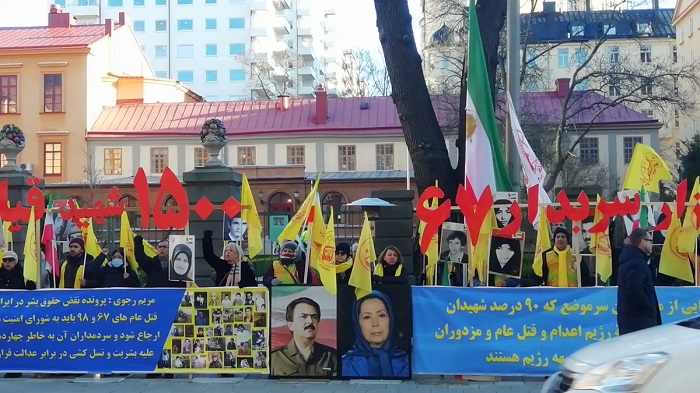
Supporters of the Iranian resistance declared their solidarity with the martyrs of the November 2019 nationwide uprising. They also stressed to continue of seeking Justice for the martyrs of the 1988 massacre and their families.

Iranians, MEK supporters and relatives of the 1988 massacre martyrs called for the prosecution of the mullahs’ regime leader supreme leader, Ali Khamenei, and the mass murderer Ebrahim Raisi, the executioner of the 1988 massacre, in international courts for crimes against humanity.
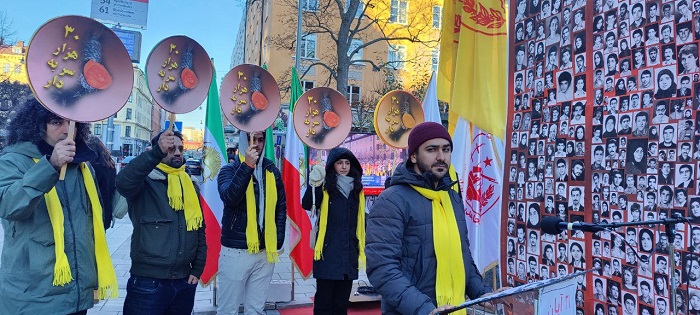
At the same time, MEK members in Ashraf 3 held a gathering in memory of the victims of the 1988 massacre. During this ceremony, many political prisoners spoke and retold accounts of the atrocities that took place in Iran’s prisons. It is worth noting that hundreds of former political prisoners are now in Ashraf 3, and many of them were prepared to testify in the Stockholm court. Due to limitations in time, only a few were accepted as plaintiffs in the case.

Read more: https://english.mojahedin.org/i/hamid-nouri-trial-asghar-mehdizadeh-testimony-1988-massacre-20211112


